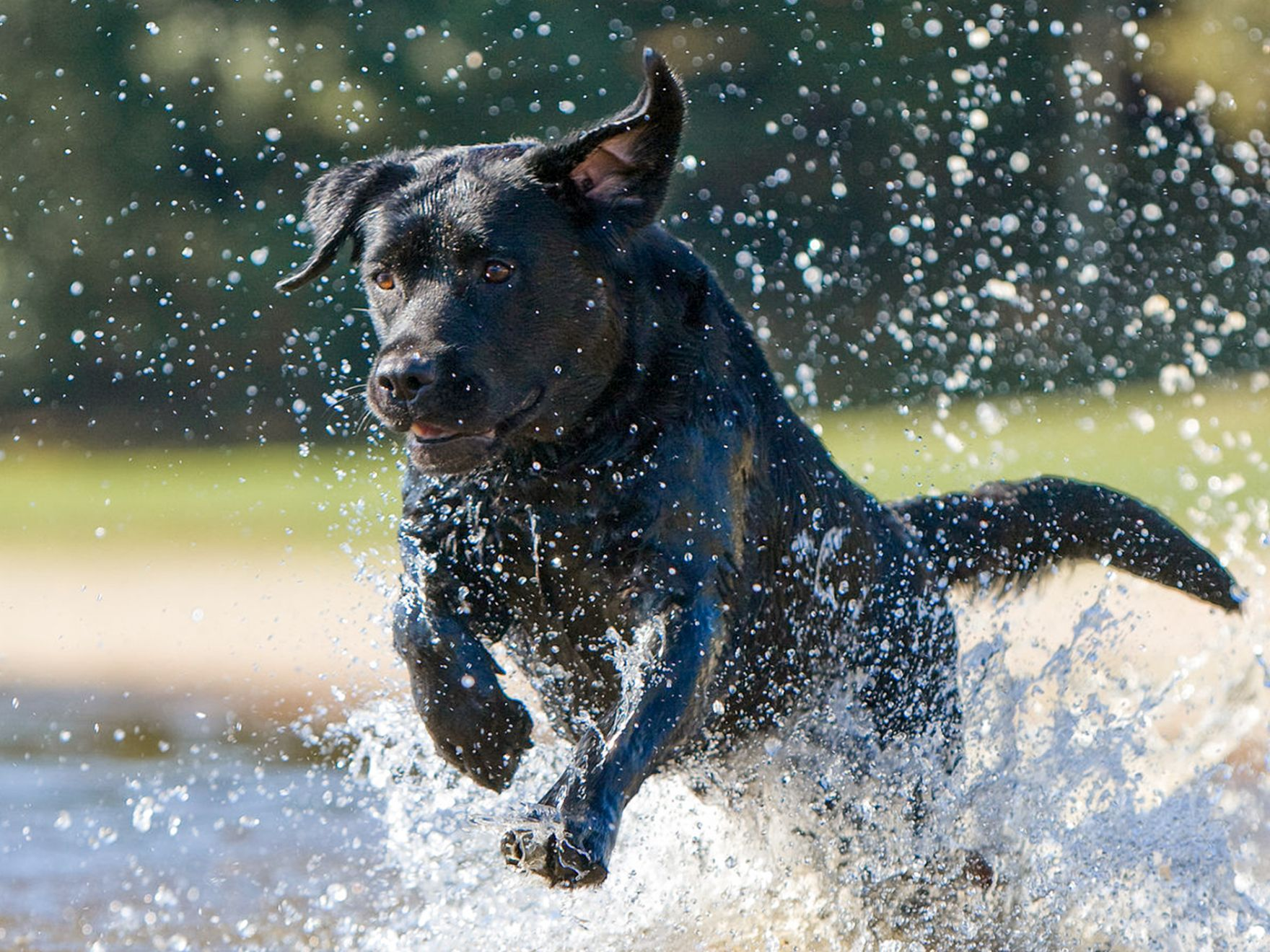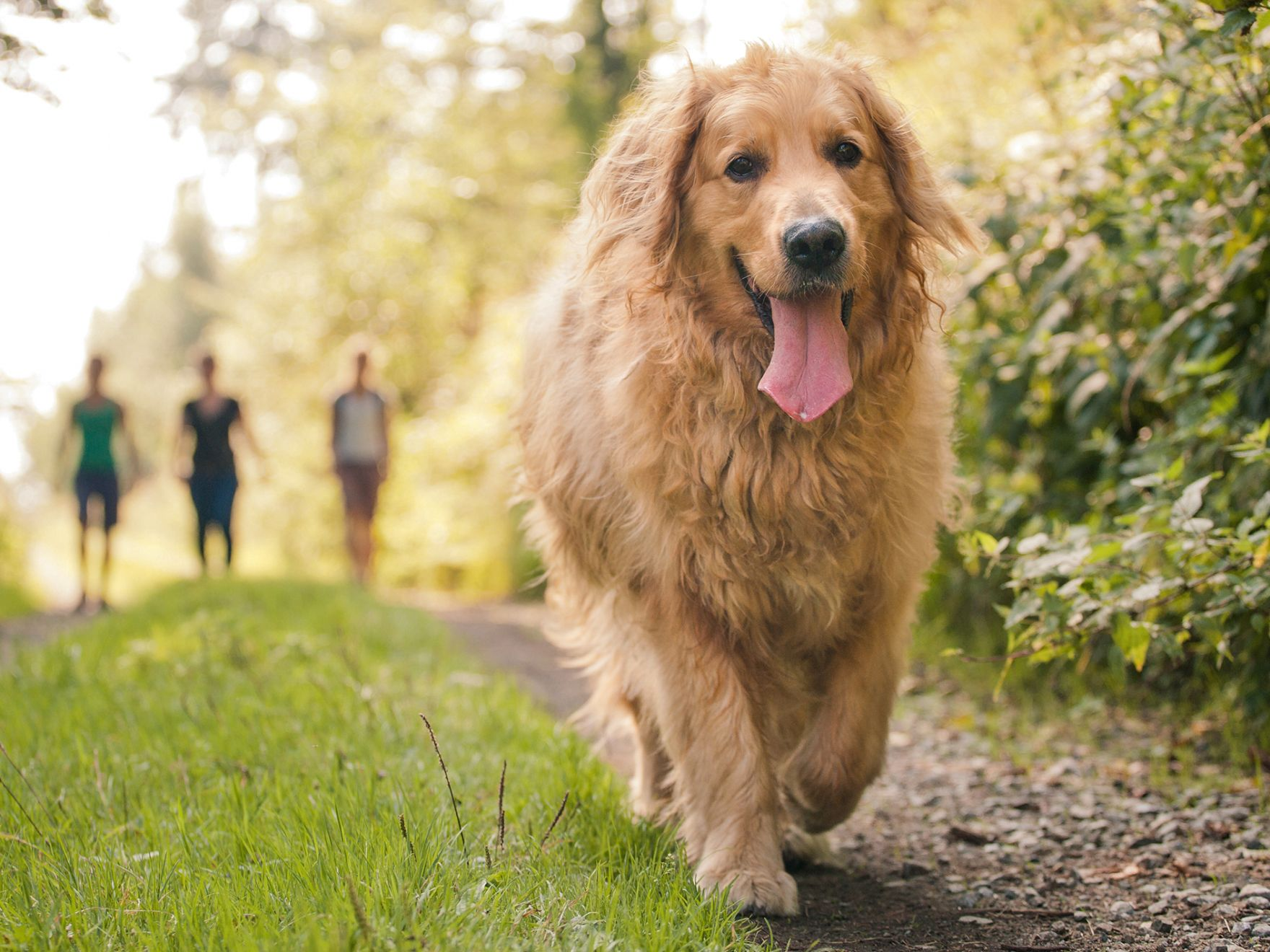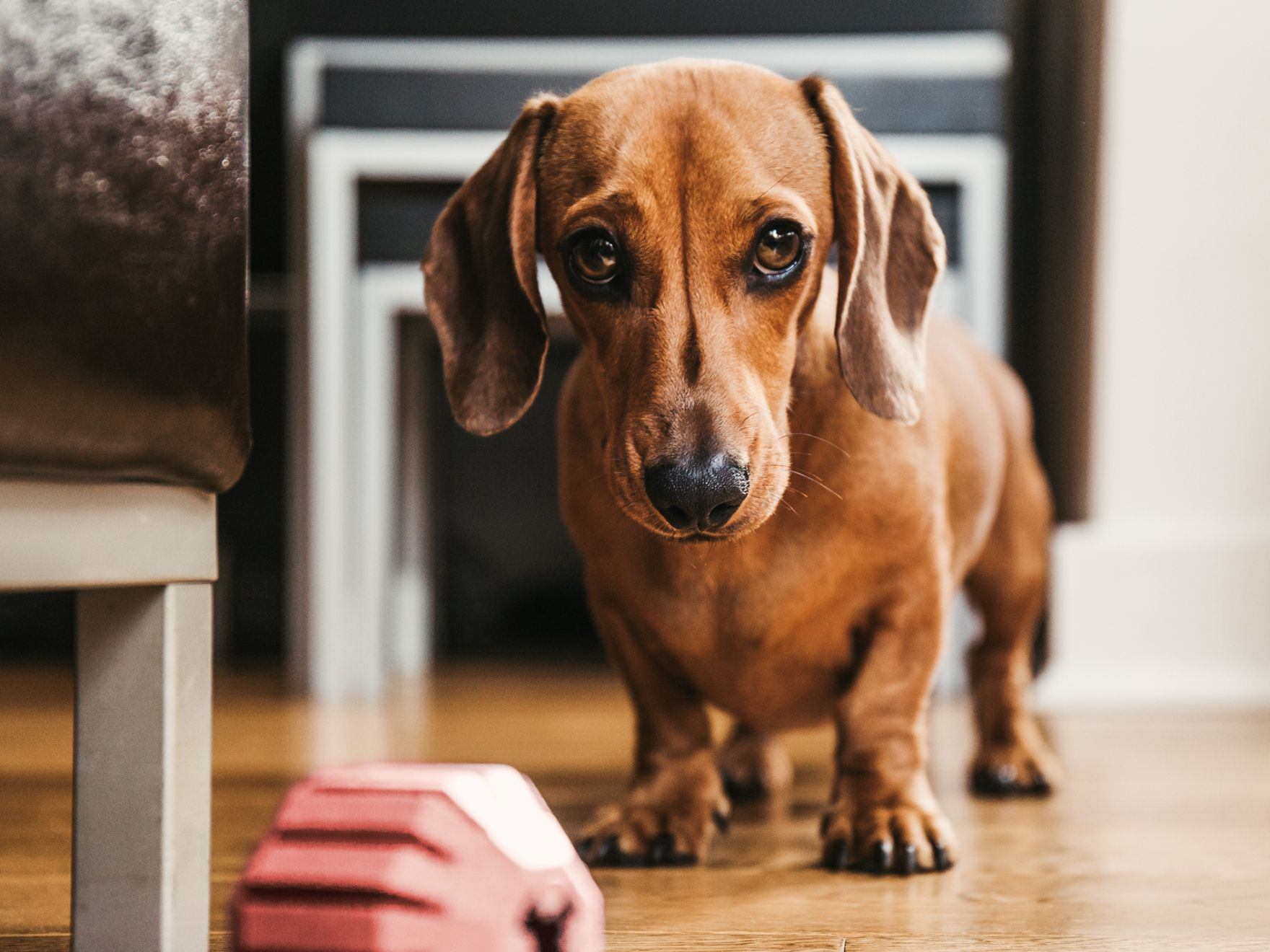Health depends on activity
Activity is key to keeping your dog stimulated and at a healthy weight. The amount of exercise varies based on their age, weight, breed and any health conditions.


How much exercise does my dog need?
Whether your dog is still a puppy or is an adult, it’s important to consider how much exercise they need every day. No one knows your pet better than you do, but if you’re wondering if your dog is getting enough exercise, here are some helpful points for you to consider.
A start point is to consider the breed of your dog; different breeds will have varying energy levels and exercise needs. Similarly, the amount of activity your dog needs will depend on their age and health. Dogs do slow down with age, and some health conditions can mean it’s uncomfortable or even painful for your dog to exercise as it once did.
You can begin to work out how much exercise your dog needs each day by noticing how your pet behaves when you get home after a walk. Are they calmer? Do they seem content? If so, and if they’re happy when it’s time to pick up the lead and head outdoors, you’ve got it right.
How often should I exercise my dog?
When it comes to thinking about how often you should exercise your dog, there are a number of factors to consider. Dogs are playful animals and enjoy spending time outdoors with opportunities to walk, explore, run, and even swim. Regular exercise ensures your dog keeps fit, stays active and feels happy.
The age and health of your dog are important considerations when it comes to the correct frequency of exercise. Younger dogs and larger breeds may thrive on the stimulation of more than twice a day – whereas some older dogs or smaller breeds may be content with getting outside for a stroll in the morning and the evening.
You may think of puppies as endless balls of energy but too much exercise can be just as harmful as too little. Their needs will also change as they grow as puppies. In very young puppies, aim for short walks and several play sessions throughout the day. By six to eight months, your puppy will be able to take longer walks. The key is to build your puppy up toward longer exercise sessions so be sure to take lots of breaks (and make time for naps!).
Your daily routine will play a large part in how many times a day you’re able to take your adult dog out for a walk. Throwing a ball around the garden as additional exercise can provide great entertainment, both for them and for you. In general, making sure that the activity you provide is regular and enjoyable is the key to keeping your pet happy and healthy.


How to find an activity you both enjoy
When it comes to exercising your dog, it’s important that it’s an enjoyable activity for you both. We know that sometimes life—and the weather—can get in the way of taking your dog for a good, long walk—but there are alternatives you can explore.
Playing games in the yard or even indoors can provide your dog with opportunities to explore different scents, as well as being great exercise and fun. And throwing a ball in the park or on the beach can provide you both with a thorough workout, especially if you invest in a simple ball launcher or tennis racket to extend your throw for more energetic dogs.
If your dog enjoys socializing, ask other owners or check out what’s happening online with dog walking groups or canine sports sessions in your area. Organized events can provide you and your dog with an excellent opportunity to socialize, both with other dogs and with new people.
Indoor games for your dog
There can be many reasons why you can’t take your dog out for a walk. Perhaps the weather’s bad, or maybe you’re not feeling well? Whatever the reason, you know the importance of regular exercise for your pet’s health and happiness. So, what can you do on those days when getting outside for a walk just isn’t possible?
Here are two simple but effective ideas to conjure up some quick activity for your dog that will bring a smile to your face too.
Hide and Seek is a classic children’s game that dogs adore. Whether you choose to use one of their favorite toys or hide yourself, this game will keep their brains active and their senses alert, on even the quietest of days.
An alternative to hiding a toy is a simple game of hide the treat. Check you’re not adding empty calories to their regular diet by taking some of their daily rationed kibble to hide, rather than extra treats.

Healthy weight isn't only measured on a scale
Weighing your dog is not the only way to check if they're overweight. You can find out if your dog is a healthy weight by asking your vet how to use the Body Conditioning Score.
Healthy portions are smaller than you think
Many pet owners think their dog needs more food than it really does. This means that many dogs are overfed which can cause weight gain and lead to other health issues.